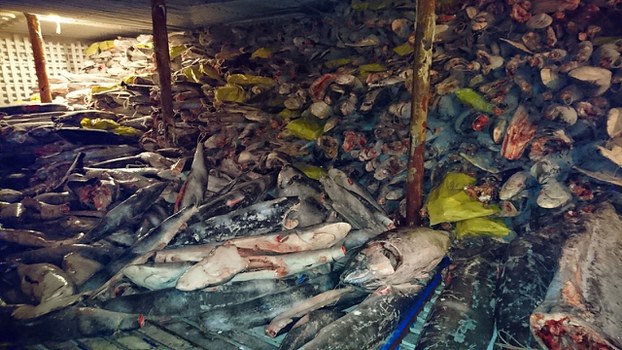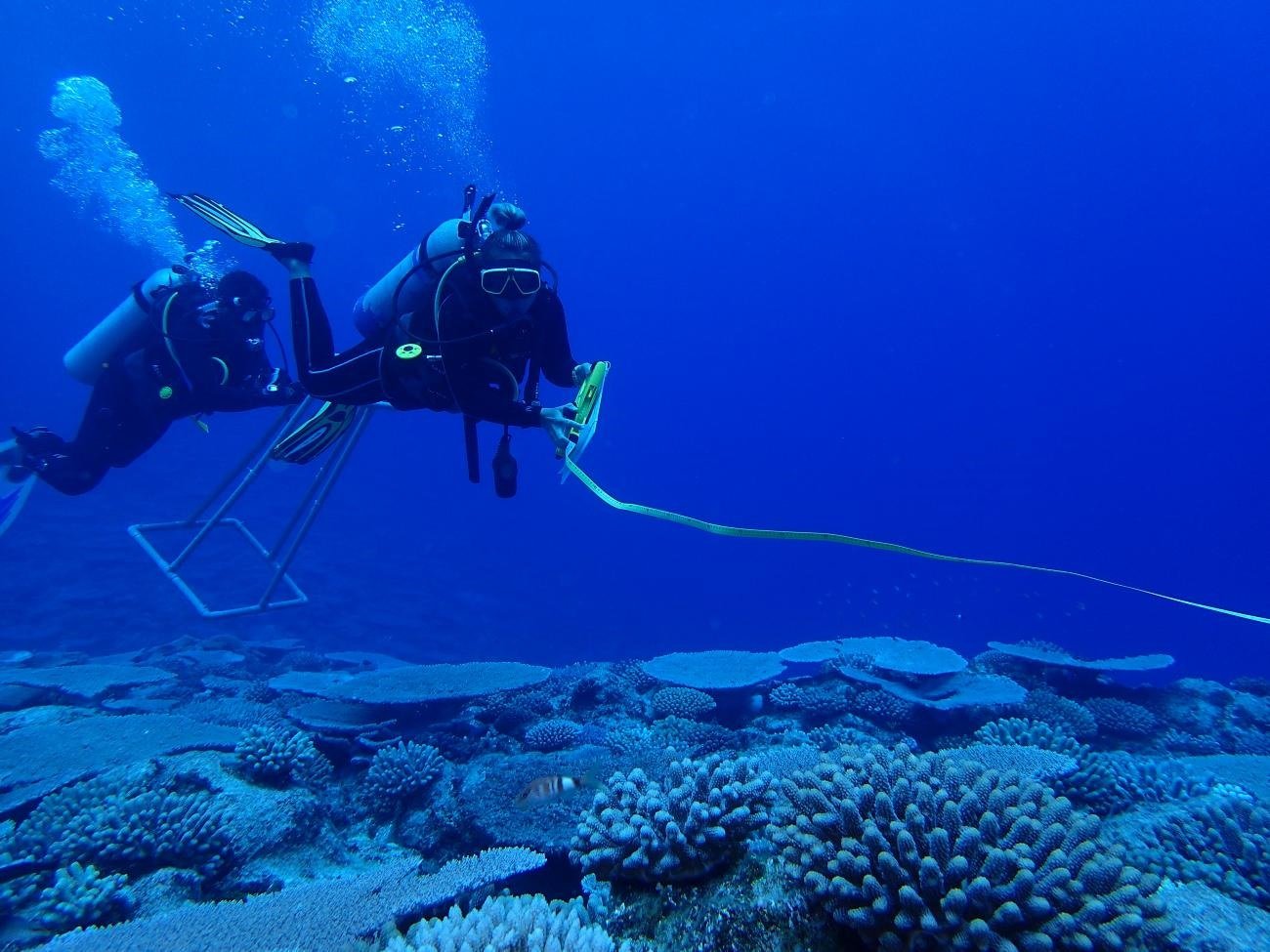Protecting coastal fisheries is critical and require a unified regional response to be preserved for future generations- Dr Joeli Veitayaki
Fisheries in the Pacific are at risk and require a unified regional response in order to be preserved for future generations.
The COVID-19 pandemic has highlighted the importance of healthy coastal fisheries for the cultural, social, and economic wellbeing of Pacific Islanders. Protecting coastal fisheries is critical for the security of people’s food, sources of income and livelihoods, and sustaining the natural environment of Pacific Small Island Developing States (SIDS). Following through on this responsibility depends on political commitment, human capability, and data.
Our oceans face a number of challenges. Climate change is affecting the interactions between the ocean, land, and atmosphere, whilst also influencing the health and productivity of the biosphere, society, and the economy. Increasing ocean acidity and rising sea levels are damaging marine ecosystems that sustain healthy marine environments and coastal fisheries.
Ocean health is tied to food security in the region. Increasing populations, increase demands on oceans, strained ecosystems and the rising need for income to purchase food, especially in urban areas, are all adding to ocean health pressures.
Fresh fish is consumed on average three times a week in the Pacific, and 95 per cent of fisherwomen’s households consume fresh fish daily. But Pacific Islanders today sell their best food products for cash and are taking up paid employment in urban areas. These workers struggle to afford healthy and nutritious food, which they previously sourced from their gardens and the sea.
In addition, fisheries development initiatives are heightening the demand for reef fish, leading to overfishing that accelerates reef erosion and reduces biodiversity. With the increased demands of commercialisation, there is concern that fishers may be harvesting under-sized and juvenile fish and compromising the sustainability of some of the common fisheries.
Larger populations, modernisation, and global trade have amplified pressures on coastal fisheries and increased the demand for food.
Moreover, the increased and unregulated use of pesticides and chemical fertilisers, coupled with changes in land use and infrastructure development, is leading to greater sediment and nutrient runoff into coastal waters. This has degraded coral reefs and the fisheries in the region, including in Pohnpei (Federated States of Micronesia), Fanga’uta Lagoon (Tonga), and the Coral Coast and Suva Lagoon (Fiji), where sewage contamination has been reported.
Collapsed fisheries across the Pacific highlight the need to align fisheries development to the capacities of the fish stocks. Unfortunately, fisheries with multiple species make management complicated as fishers have the luxury to move to a new commodity after the depletion in preferred stocks.
Although regional initiatives such as A New Song for Coastal Fisheries chart pathways to change and have highlighted the decline of coastal fisheries resources. It is estimated that by 2030, 16 of the 22 Pacific Island countries will no longer be able to meet their current per capita fish consumption.
Inadequate government development objectives, poor planning, lack of attention to environmental management, limited understanding of the complex social and cultural conditions, insufficient human resources, and a lack of monitoring and evaluation threaten the sustainability of production and the health of fish stocks.
Concurrently, improved post-harvest processing and the opening of markets in rural areas for sale in urban and overseas markets have intensified the commercial use of fisheries in areas far from the main centres, making fisheries management difficult.
Illegal, unreported, and unregulated (IUU) fishing is the biggest security threat to the sustainable management of coastal fisheries in the Pacific. In recent times, Vietnamese fishermen have intruded into several Pacific islands in search of sea cucumber, giant clams, trochus, lobster and fish.
One IUU fishing challenge is trans-shipment, which is the quick transfer of fish from the fishing ground to overseas markets. It takes place at sea or in specified ports where fishing vessel operators falsify data on their fishing practices, the species or amounts caught or transferred, and catch locations.
IUU products worth over US$142 million are trans-shipped yearly in the Western Central Pacific. This affects the livelihoods of those who fish legally, undermines fisheries conservation and management, and contributes to global overfishing and potentially the trafficking of people, drugs, and weapons.
Lack of capacity to enforce compliance or exemptions, as well as the incompatibility of national, subregional, and regional objectives in Pacific Islands, weaken multinational management arrangements, compromise the equitable sharing of benefits from the use of fisheries resources, and threaten the sustainable management and development of fisheries resources and those dependent on them.
The 1982 United Nations Convention on the Law of the Sea confirmed Pacific SIDS’ rights to protect and manage ocean resources and enforce the Convention. Regional institutions such as the Pacific Islands Forum, Forum Fisheries Agency (FFA), the Secretariat of the Pacific Community (SPC), and the University of the South Pacific assist their members to pursue their rights, deliver their responsibilities, and improve management. Pacific Island countries successfully established a regional fisheries management organisation, the Western and Central Pacific Fisheries Commission (WCPFC), to collaborate with fishing nation partners to enable sustainable use of the region’s fisheries resources.
At the national level, some strong action is being taken. Under the Micronesia Challenge, Palau pledged to protect 30 per cent of its coral reefs and 20 per cent of its forest resources by 2020, while contributing to the global coral reef conservation targets. The Micronesian countries emphasised marine resource management and solicited much-needed funds and technological assistance from international partners to support local initiatives and advocate for the importance of taking appropriate action at all levels of governance.
Sustaining coastal fisheries resources is the ultimate goal and challenge given the Pacific’s biodiversity. However, Pacific nations do not have the capacity or the resources to exert effective control over their maritime areas.
In order to support PICs, effective sustainable fisheries strategic frameworks must be developed, aligned, and implemented. Finding solutions for overexploited resources must start with the awareness and empowerment of people on the necessary changes. Community-based management of marine resources has proven successful because the people are empowered and supported to manage their resources.
Maintaining the correct balance between resource use and management, and addressing challenges like trans-shipment, is critical to improving the health of diminishing fish stocks and safeguarding the proceeds to host nations. But individual countries and communities can’t achieve this on their own – to protect these vital resources, and ensure food security for Pacific people in the long term, the region must work together.



